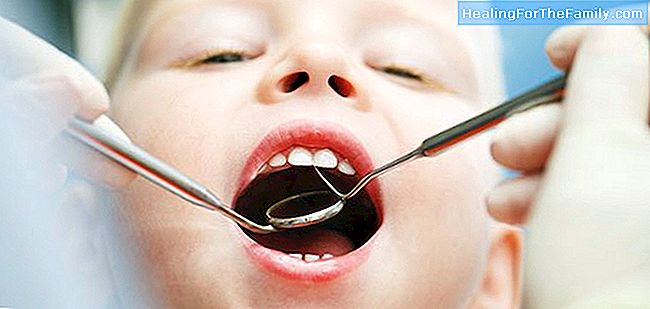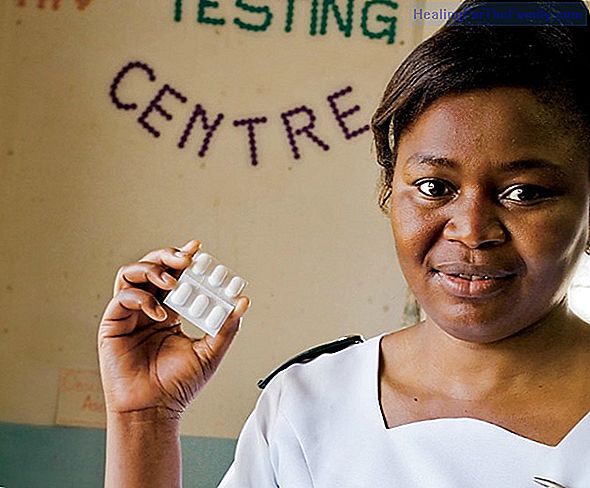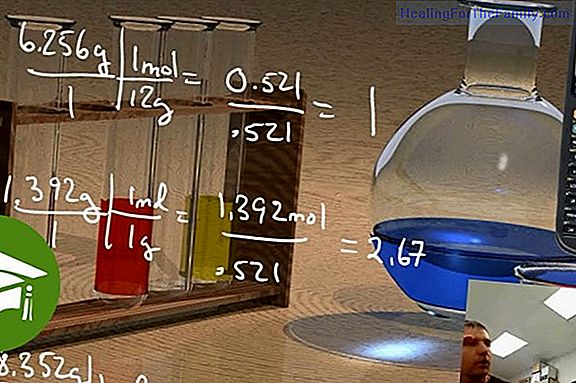The fillings in children's milk teeth
Milk teeth and teeth, like the definitive ones, have a series of functions to fulfill: chewing (incising, cutting, grinding), supporting the pronunciation of certain sounds, and also a social function, because they intervene in the smile, in the self-esteem . Surely it will be unfair, but when in th
Milk teeth and teeth, like the definitive ones, have a series of functions to fulfill: chewing (incising, cutting, grinding), supporting the pronunciation of certain sounds, and also a social function, because they intervene in the smile, in the self-esteem.
Surely it will be unfair, but when in the school row we see that a child has black teeth it does not make a very good impression on us. Finally, the milk teeth are saving the space that the definitive ones will need.
What to do if a tooth decay appears on the baby teeth

When a tooth of milk develops a tooth decay, not only can it be, but it must be fixed, as far as possible. Pasting a tooth consists of removing the tissue in poor condition and replacing it with an artificial material that allows the tooth to continue performing its function. It is surprising how the hardest tissue that exists in the body, much more than the bones, remains with the same soft and sticky consistency that the bread crumb has when attacked by bacteria.
After cleaning, we place an artificial material in a deformable state (like plasticine) and it will be hardened in that hole that we have previously cleaned. Normally they harden thanks to the light emitted by a special lamp.
How a milk tooth is impacted
The technique used will vary depending on how much tooth has been lost and the age and collaboration of the small patient. In very young children, techniques are performed that WHO recognizes as ART or (TRA in Spanish, 'atraumatic restoration techniques'), which consists of cleaning with a very small instrument called a spoon, without a turbine ('lathe'), and without anesthesia because cleaning manually we avoid all the inconveniences that the use of rotary instruments implies. That is to say, we 'scratch' the tissue in poor condition and it is not necessary neither the anesthesia, nor the lathe nor sprays with water, things that make young children very uncomfortable.
We place a material based on glass cement, which has the advantage that it releases fluoride in the boundaries between filling and tooth and makes it difficult for new cavities to emerge around the filling. But these restorations can never be considered definitive. They help to reduce the progress of cavities, but they do not restore anatomy or aesthetics, which can be achieved in older children.
In older children, it is necessary to anesthetize because we are going to enter areas of the tooth that are already deeper. We will try to clean much better, we need more work time and better conditions. The material normally used is composite, which is inserted by layers inside the tooth and each layer hardens with the lamp separately.
In any of the cases a tooth with cavities or a sticky tooth are risk factors for future caries. It is essential to visit the dentist every 6 months to make sure that cavities are not coming out. The sooner they leave, the worse their prognosis.












